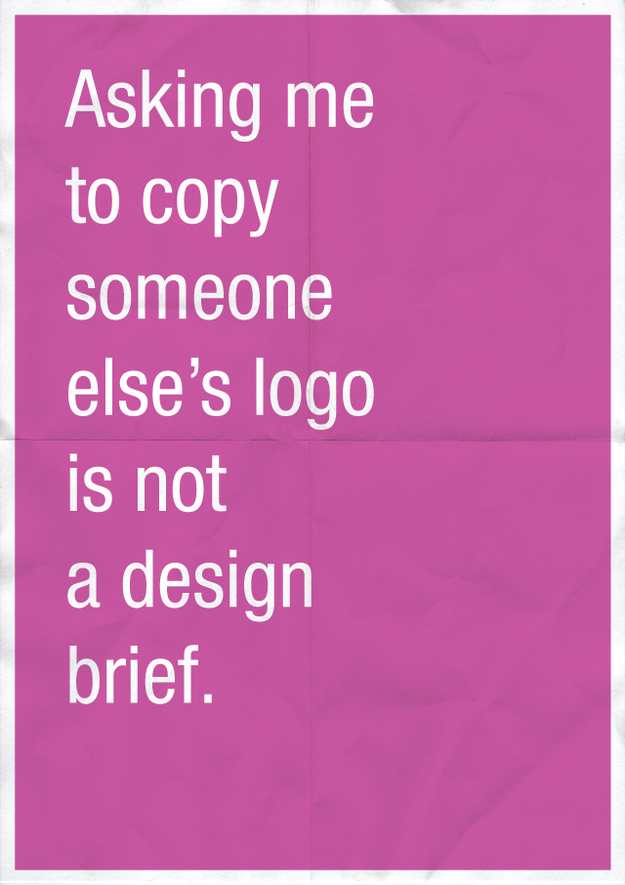Dear Clients,
Today’s post is dedicated to helping us work better together. Why? Because in the words of Seth Godin, “Why do some organizations look great … and get great results from their design efforts and ads … while others languish in mediocrity? I think it has little to do with who they hired and a lot to do with how they work with their agencies and designers.” Working well together is the ultimate goal, always.
I’ve listed five big ideas below that I believe would make for a smoother working relationship between any design agency and their clients. But this is a two-way street. The below list is from my (the design agency’s) perspective. I recognize this only works if I also hear from our clients’ perspective in return – so let’s hear it!
My thinking is to create a list that help will lead us to a trusting, solid relationship built on mutual understanding and respect. Only then can we do our best work for you, and you should expect the very best from us.
1. COME PREPARED :: You wouldn’t show up to be a keynote speaker without notes. The rule applies when you show up at your marketing agency – show up prepared to discuss your company’s background and mission, the scope of work needed and what you hope it will achieve, who from your company will be involved in the project and decision-making process (we’ll want to meet them, too, at some point), who you believe your target audience will be, who you feel your competition is, how we will measure our success, a realistic budget and timing. Plus, if there are any other relevant pieces of information that would aid in our discussion, please bring that with you as well along with any relevant samples.
2. THE CREATIVE BRIEF :: A well-written creative brief should communicate the purpose, parameters, message and goals of the project. It should contain answers to any questions you feel your design agency may have and all the important project information. The creative brief is basically the road map which we follow as we work to solve a marketing challenge and generate creative solutions. At Elements, we like to review our creative brief with our client’s team in a kick-off meeting to ensure we understand exactly what our clients are looking for. It is also our face-to-face opportunity to ask any questions we may have regarding the project. The better the brief, the more on-target the results. For more on creating a creative brief, take a look at AIGA’s website article here.
3. LET DESIGNERS DESIGN :: In the beginning phases of a creative project, it is my recommendation to give your designers space to do what we do best – problem solve and design. Like a good wine that needs to be uncorked to allow it to breathe before pouring, we creatives need some space to dive deeply into your project, vet out ideas and test them. If you are micromanaging our process or asking to preview concepts to provide early feedback, it hinders our process. There will be plenty of time for feedback and edits. For now, and as difficult as it may seem, give us a chance to do what you hired us to do. Also, listen to our ideas and suggestions. This does not mean that you always need to follow our advice, but at least allow us to act as your partner using our expertise and experience to offer help along with you so that we can decide together what the best solution may be. A mutual collaboration between client and designer will always yield far better results than either of us could obtain on our own.
4. THINGS CHANGE :: When Elements begins any new project, one of our first tasks is to agree to a project schedule based on our clients’ needs first, and then our clients’ wants and our studio schedule. However, a timeline made in the beginning stages of a project can often change. Some of the reasons may be due to feedback arriving late, waiting for photography or copywriting to be completed, or sometimes it can be something radically different such as a project scope change and a need to regroup. If a concept we’ve landed upon requires original artwork to be completed (an illustration or photo shoot, for example), that may also add significant time to a project. Please be mindful that great design and smart ideas take time. Be realistic and be fair.
5. BE PATIENT (WITHIN REASON) :: We live in this harried world where we have created television shows that whisk a family out of their home for a few hours while a crew moves in and rebuilds their entire house in 48 hours. This is a fantasy – not “reality” – TV. What we don’t see are the hundreds of hours of pre-show preparation, planning and producing and the huge team of people working behind-the-scenes to make that fantasy happen. We are playing on the same team. We want to hit your project out of the park, so let’s be realistic and take the time needed to do the job right and we will both be rewarded with success.
These are my five BIG messages of what I hope my clients and I will keep in mind and work towards in our working partnerships. There are many other smaller ones – such as to never judge a print color by what you see on your monitor, for example – but these five are the must-haves, the baseline for which our lasting, mutually respectful and beneficial relationship builds on.
Do you have anything to add to this list from the perspective of a designer or a client? Only good can come from understanding one another better – so please, don’t hold back!
~Amy
images :: we love your style // someone else’s logo




